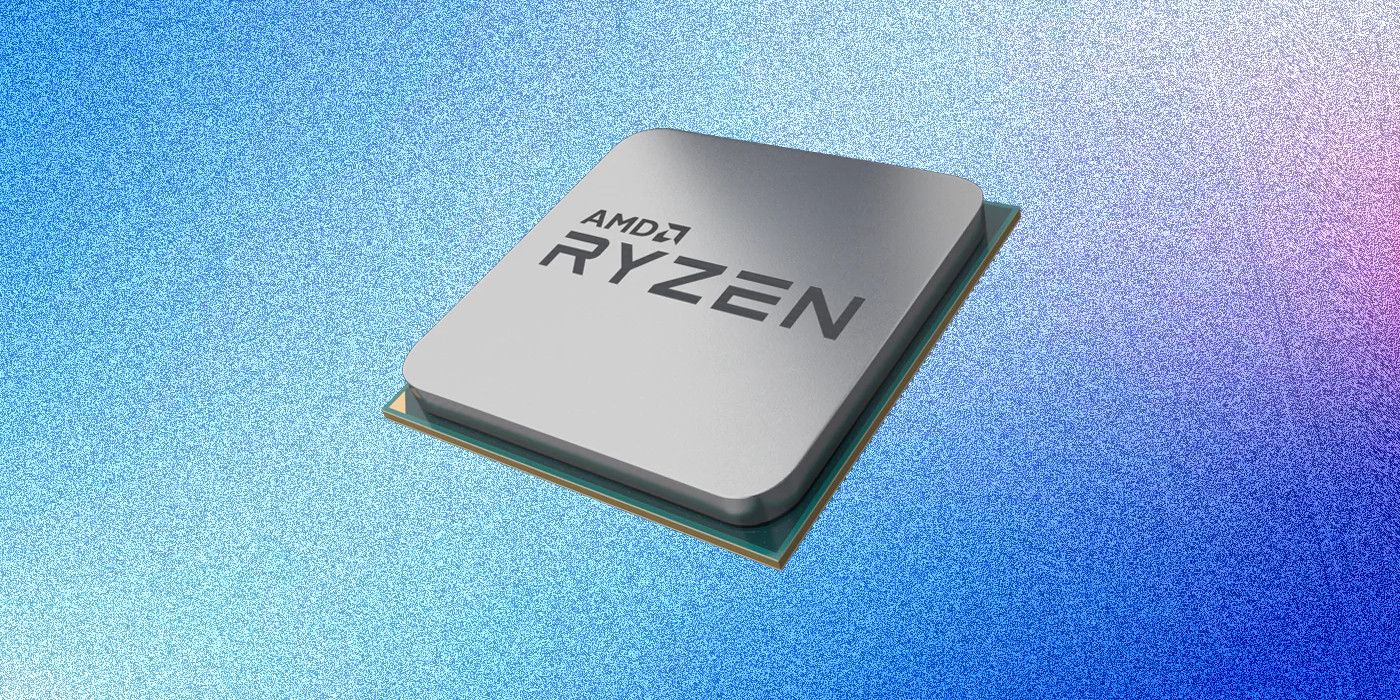AMD has confirmed that it will launch its Ryzen 7000X3D desktop processors on Feb. 14. The lineup was officially unveiled at CES 2023 last week along with the Ryzen 7000 non-X desktop CPUs, Ryzen 7000 mobile APUs, and Radeon RX 7000 laptop GPUs. Based on Zen 4 architecture, the Ryzen 7000 desktop series debuted in Aug. 2022 as an upgrade over the Zen 3-based Ryzen 5000 range. Before the CES announcements, the Ryzen 7000 lineup included four processors: the Ryzen 9 7950X, Ryzen 9 7900X, Ryzen 7 7700X, and Ryzen 5 7600X.
Spotted by Overclock3D, AMD has updated its product pages for the three new Ryzen 7000X3D desktop processors with their launch date. The new chips, slated to launch on Feb. 14, include the 8-core 16-thread Ryzen 7 7800X3D, the 12-core 24-thread Ryzen 9 7900X3D, and the 16-core 32-thread Ryzen 9 7950X3D. All three are also based on Zen 4 architecture and feature an additional 64MB of 3D V-Cache than what’s offered by their X-series counterparts. The additional cache significantly improves gaming performance and helps them better compete against Intel’s products.
AMD’s Ryzen 7000X3D V-Cache Processors

The flagship Ryzen 9 7950X3D comes with a combined 144MB of L2+L3 cache instead of just 80MB for the 7950X, while the Ryzen 9 7900X3D comes with 140MB of L2+L3 cache compared to the 76MB in the 7900X. The most affordable of the lot, the Ryzen 7 7800X3D, offers 104MB of L2+L3 cache, while the Ryzen 7 7700X only offers 40MB.
Even with the advantage of the additional 3D V-cache, the 700X3D chips have a few drawbacks compared to the standard X-series CPUs. The biggest issue for gamers and DIY enthusiasts is the locked multipliers that prevent overclocking. However, the processors come with the Precision Boost Overdrive (PBO) and Curve Optimizer features that can help improve performance while playing resource-intensive games.
Taking a look at the clock speeds of the three new V-cache CPUs, the 7950X3D has a 5.7GHz boost clock, while the 7900X3D comes with a 5.6GHz boost frequency. As for the 7800X3D, it has a boost clock of up to 5Ghz. All the chips have the same 120W TDP. AMD hasn’t revealed any pricing information for the Ryzen 7000X3D processors, but they are most likely to be more expensive than their X-series counterparts. Their success will depend to a large extent on their pricing, so it will be interesting to see how much the AMD processors will cost at launch.




